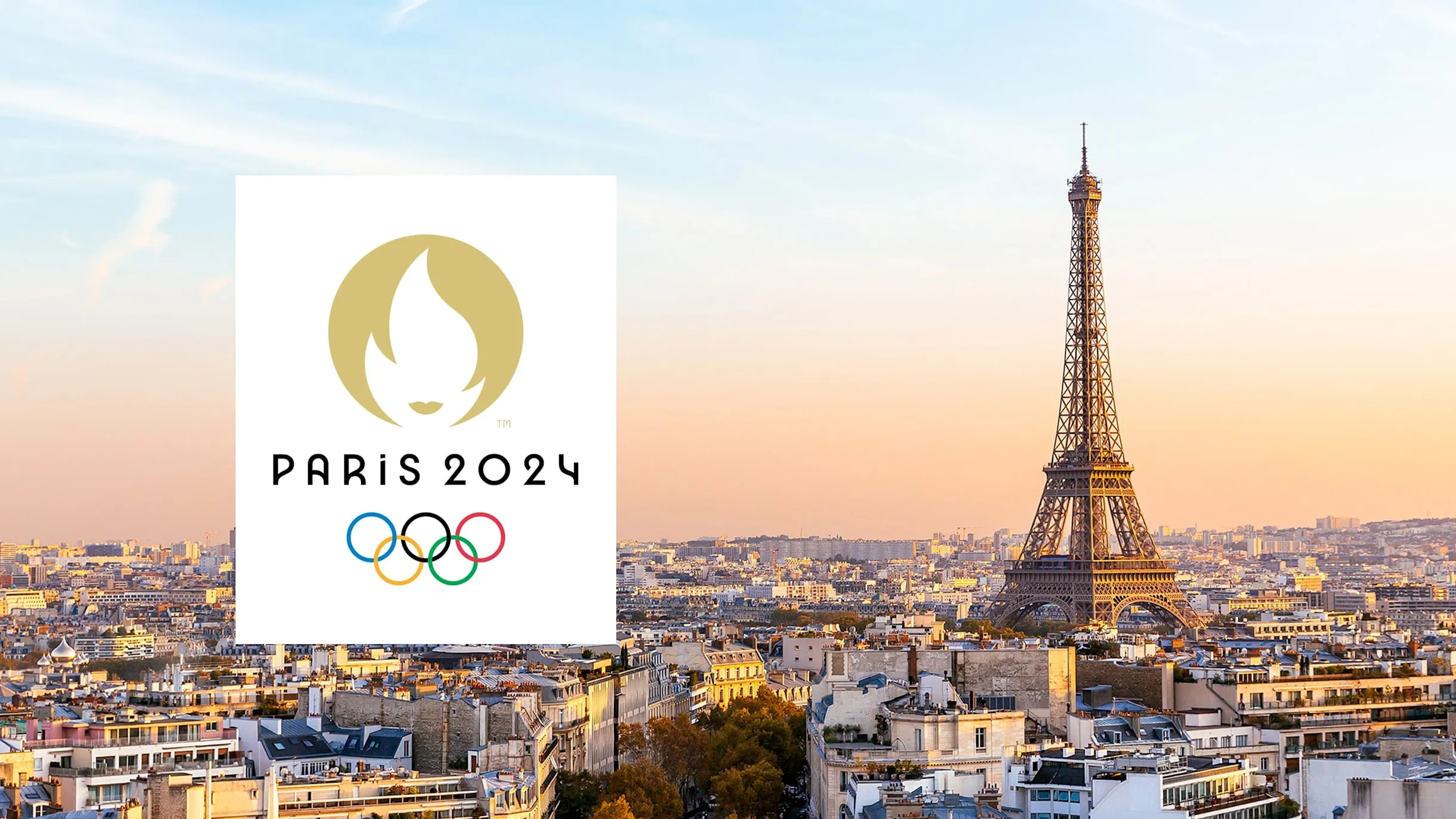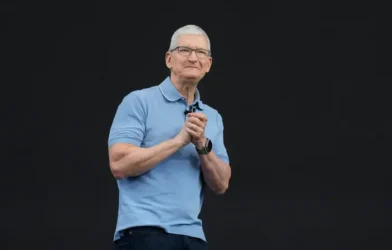The Olympic Village stands as a testament to unity, sportsmanship, and the global spirit of the Olympic Games. This unique community, created for each edition of the Olympics, serves as the temporary home for athletes from around the world. It’s a place where cultures converge, friendships blossom, and champions are born. This blog delves into the intricate details of the Olympic Village, exploring its history, structure, amenities, and the vital role it plays in the lives of athletes. Additionally, we will examine the plans for the Paris 2024 Olympic and Paralympic Village, highlighting its groundbreaking environmental standards and long-term benefits for the local community.


Olympic Village : A Brief History
The concept of the Olympic Village dates back to the 1932 Los Angeles Olympics. Before this, athletes were housed in hotels or local accommodations, often scattered across the host city. The 1932 Games marked a significant shift. Organizers aimed to create a centralized, secure, and comfortable environment for all participants. This innovation not only fostered a sense of community among athletes but also streamlined logistics and security.
Design and Architecture of Olympic Village
Each Olympic Village is a marvel of design and architecture, reflecting the host city’s culture and innovation. Architects and planners work meticulously to create a space that is not only functional but also aesthetically pleasing and sustainable. The village typically consists of residential apartments, dining facilities, recreational areas, medical centers, and training venues.
For example, the 2012 London Olympic Village, later renamed East Village, incorporated sustainable design elements such as rainwater harvesting, solar panels, and energy-efficient buildings. Similarly, the Tokyo 2020 Olympic Village was designed with a focus on sustainability, featuring eco-friendly materials and green spaces.
The Paris 2024 Olympic and Paralympic Village continues this tradition of innovation. Conceived in partnership with athletes, the village will span parts of three cities: Saint-Denis, Saint Ouen, and L’Île-Saint-Denis. It will accommodate 14,250 athletes during the Olympic Games and 8,000 during the Paralympic Games. The design emphasizes environmental excellence. It aims to reflect urban spaces as envisioned for 2050, with features that foster biodiversity, reduce carbon emissions, and adapt to climate change.
Accommodation and Amenities in Olympic Village


Athletes are provided with world-class accommodations that cater to their every need. The residential units are fully furnished, offering comfortable living spaces where athletes can relax and recharge. Each apartment is equipped with essential amenities such as Wi-Fi, laundry facilities, and air conditioning.
The Olympic Village also boasts state-of-the-art dining facilities. They offer a wide range of cuisines to cater to the diverse dietary preferences and nutritional requirements of athletes. The dining hall operates 24/7, ensuring that athletes can access meals at any time, regardless of their training or competition schedule.
During the Paris 2024 Games, up to 60,000 meals will be served each day. Additionally, a medical clinic will be available at all times. It will provide comprehensive medical care, including injury treatment, physical therapy, and general health services.
Health and Wellness in Olympic Village
The well-being of athletes is a top priority in the Olympic Village. Medical centers staffed with doctors, physiotherapists, and other healthcare professionals are available around the clock. These facilities provide comprehensive medical care, including injury treatment, physical therapy, and general health services.
Mental health is also a key focus. Many villages offer psychological support services. Athletes face immense pressure and stress. Having access to mental health professionals can make a significant difference in their performance and overall well-being.
Training Facilities of Olympic Village
One of the standout features of the Olympic Village is the availability of top-notch training facilities. From swimming pools and gymnasiums to running tracks and weightlifting areas, the village provides athletes with everything they need to maintain their training regimen. These facilities are designed to be on par with, or even exceed, the standards of the competition venues. This ensures that athletes can train in optimal conditions.
Security Measures at Olympic Village
Security is a critical aspect of the Village. Robust measures are in place to ensure the safety of all residents. Access to the village is strictly controlled, with multiple layers of security including ID checks, surveillance cameras, and on-site security personnel. These measures create a secure environment where athletes can focus on their training and competition without concerns for their safety.
Cultural Exchange and Social Interaction
The Olympic Village is more than just a place to eat, sleep, and train. It’s a melting pot of cultures and a hub of social interaction. Athletes from different countries and disciplines come together, forging friendships and bonds that often last a lifetime. The village hosts numerous cultural events and activities, providing athletes with opportunities to share their heritage and learn about others.
The International Olympic Committee (IOC) often organizes cultural exchange programs, workshops, and entertainment events within the village. These activities not only enrich the athletes’ experience but also promote the Olympic values of excellence, friendship, and respect.
Legacy and Post-Games Utilization
One of the lasting impacts of the Olympic Village is its legacy. Host cities often repurpose the village for various uses after the Games. This contributes to urban development and community enhancement. For instance, the London 2012 Village was transformed into a vibrant residential community known as East Village, providing housing and amenities for local residents.
Similarly, the Rio 2016 Olympic Village was converted into luxury apartments. The Tokyo 2020 Village was planned to be repurposed for residential and commercial use.
The Paris 2024 Village will also leave a significant legacy. After the Games, it will be repurposed into a neighborhood with 2,500 new homes, a student residence, a hotel, a three-hectare landscaped park, about seven hectares of gardens and parks, 120,000 sqm of offices and city services, and 3,200 sqm of neighborhood shops. This transformation will blend the village into the future cityscape. This will offer a sustainable and vibrant community.
Personal Stories and Anecdotes
The Olympic Village has been the backdrop for countless personal stories and memorable moments. Athletes often share anecdotes about their experiences in the village, highlighting the camaraderie, unexpected friendships, and unique cultural exchanges. These stories add a human element to the grand spectacle of the Olympics. This reminds us that at its core, the Games are about people coming together in the spirit of sportsmanship.
For example, during the Sydney 2000 Olympics, the village was home to an unexpected visitor. A stray cat became a beloved mascot among the athletes. Such heartwarming stories underscore the sense of community and shared humanity that defines the Olympic Village experience.
Technological Advancements


The evolution of the Olympic Village also reflects advancements in technology. Modern villages are equipped with cutting-edge technology to enhance the comfort and convenience of athletes. From high-speed internet and smart home features to advanced security systems and medical technologies, the village leverages technology to create a seamless and efficient environment.
During the Tokyo 2020 Olympics, technology played a pivotal role in ensuring the safety and well-being of athletes amidst the COVID-19 pandemic. Contactless check-ins, health monitoring apps, and stringent sanitation protocols is in place to minimize the risk of infection. This showcases the adaptability and resilience of the Olympic Village concept.
The Role of Volunteers
Volunteers play an indispensable role in the smooth functioning of the Olympic Village. These dedicated individuals assist with a wide range of tasks. They welcome athletes and provide information, manage logistics, and support events. Volunteers often undergo extensive training to ensure they can effectively contribute to the athlete experience.
The presence of volunteers adds a personal touch to the village. They often go above and beyond to make athletes feel at home. Their enthusiasm and dedication embody the spirit of the Olympics, creating a welcoming and supportive atmosphere for all residents.
Challenges and Criticisms
While the Olympic Village is a remarkable achievement, it is not without its challenges and criticisms. The enormous cost of building and maintaining the village can strain the resources of host cities. This leads to debates about the economic feasibility and long-term benefits. Additionally, logistical issues, such as delays in construction or inadequate facilities, can impact the athlete experience.
Environmental concerns also arise, particularly regarding the sustainability of the village and its impact on the local ecosystem. Host cities are increasingly prioritizing eco-friendly practices and sustainable design to mitigate these concerns. However, the balance between development and environmental preservation remains a complex issue.
The Future of the Olympic Village
As the world evolves, so too will the Olympic Village. Future villages will likely incorporate even more advanced technologies, sustainable practices, and innovative designs. The emphasis on creating a positive legacy for host cities will continue to shape the planning and development of the village.
The concept of the Olympic Village may also expand to include virtual components. This will enhance the experience for athletes and fans alike. Virtual tours, interactive experiences, and digital cultural exchanges could become integral parts of the village. This will bridge the gap between the physical and digital worlds.
Conclusion
The Olympic Village is a microcosm of the Olympic spirit. It is a place where athletes from diverse backgrounds come together to live, train, and compete. The place embodies the ideals of unity, friendship, and excellence. It provides a supportive and inspiring environment for the world’s best athletes. As we look forward to future Olympic Games, the village will undoubtedly continue to evolve, leaving a lasting legacy of innovation, sustainability, and global camaraderie.
In celebrating the Village, we celebrate the essence of the Olympics itself. It is a celebration of human potential, cultural diversity, and the unwavering pursuit of greatness. The Paris 2024 Village exemplifies this spirit. It has pioneering environmental standards and a commitment to creating a sustainable, vibrant community for future generations.










